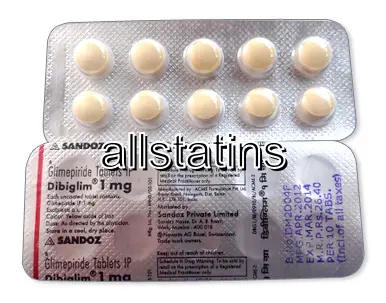| Package | Dosage | Price | Price per Dose | |
|---|---|---|---|---|
| Dosage: 1mg | ||||
| 360 pill | 1mg | NZD870.33 | NZD2.42 | |
| 180 pill | 1mg | NZD473.86 | NZD2.63 | |
| 120 pill | 1mg | NZD349.97 | NZD2.91 | |
| 90 pill | 1mg | NZD275.63 | NZD3.07 | |
| 60 pill | 1mg | NZD198.20 | NZD3.31 | |
| 30 pill | 1mg | NZD108.38 | NZD3.59 | |
| 10 pill | 1mg | NZD37.14 | NZD3.78 | |
| Dosage: 2mg | ||||
| 360 pill | 2mg | NZD1,238.91 | NZD3.44 | |
| 240 pill | 2mg | NZD854.84 | NZD3.56 | |
| 180 pill | 2mg | NZD681.39 | NZD3.78 | |
| 120 pill | 2mg | NZD498.64 | NZD4.15 | |
| 90 pill | 2mg | NZD405.72 | NZD4.49 | |
| 60 pill | 2mg | NZD284.93 | NZD4.77 | |
| 30 pill | 2mg | NZD154.84 | NZD5.14 | |
| 10 pill | 2mg | NZD55.72 | NZD5.61 | |
| Dosage: 4mg | ||||
| 180 pill | 4mg | NZD919.88 | NZD5.11 | |
| 120 pill | 4mg | NZD631.83 | NZD5.27 | |
| 90 pill | 4mg | NZD495.55 | NZD5.51 | |
| 60 pill | 4mg | NZD353.07 | NZD5.88 | |
| 30 pill | 4mg | NZD192.01 | NZD6.44 | |
| 10 pill | 4mg | NZD74.31 | NZD7.28 | |

Glimepiride Description
Introduction to Glimepiride
Glimepiride is a widely used medication in the management of type 2 diabetes mellitus. It belongs to the class of drugs known as sulfonylureas, which work by stimulating the pancreas to produce more insulin. This increase in insulin helps to lower blood glucose levels, making it an effective option for patients who need additional help controlling their blood sugar. It is commonly prescribed because of its proven efficacy and relatively convenient administration schedule.
Effectiveness and Benefits
Many users report that Glimepiride helps maintain stable blood sugar levels when taken as prescribed. It is often prescribed alongside dietary changes and exercise to improve overall diabetic control. One of its advantages is that it usually requires only once-daily dosing, which can improve adherence for many patients. Additionally, some patients find that it leads to fewer side effects compared to older sulfonylureas, although individual responses can vary widely.
Usage and Dosage
It is important to follow the dosage instructions provided by a healthcare professional. Typically, treatment starts with a low dose, which is gradually increased based on blood sugar readings and tolerability. Patients are advised to monitor their blood glucose regularly while using Glimepiride. Consistency in medication timing and adherence to diet and lifestyle recommendations are crucial for optimal results. Do not alter the dose without consulting your healthcare provider, as improper use can lead to hypoglycemia or inadequate blood sugar control.
Possible Side Effects
Like all medications, Glimepiride may cause side effects in some individuals. The most common include low blood sugar (hypoglycemia), which may manifest as sweating, dizziness, hunger, or confusion. Some patients might experience gastrointestinal symptoms such as nausea, diarrhea, or abdominal discomfort. Allergic reactions are rare but can occur, presenting as rash, itching, or swelling. It's important for users to be aware of these potential effects and inform their doctor if any adverse reactions occur.
Precautions and Interactions
Patients with certain medical conditions, such as severe liver or kidney problems, should approach Glimepiride with caution and always under medical supervision. It can interact with other medications, including other antidiabetic drugs, blood pressure medications, or antibiotics, which might affect its efficacy or increase the risk of side effects. Alcohol consumption should be limited, as it can enhance the risk of hypoglycemia. Regular medical checkups are recommended to monitor overall health and blood sugar control throughout the treatment.
Final Thoughts
Glimepiride remains a valuable option in the arsenal against type 2 diabetes, especially for patients who have not achieved desired blood sugar levels with lifestyle changes alone. Its ease of use and efficacy can lead to significant improvements in diabetic management. Still, careful monitoring and consultation with a healthcare provider are essential to maximize benefits and minimize risks. Individual responses may vary, and adjustments to the treatment plan may be necessary for optimal control and safety.
